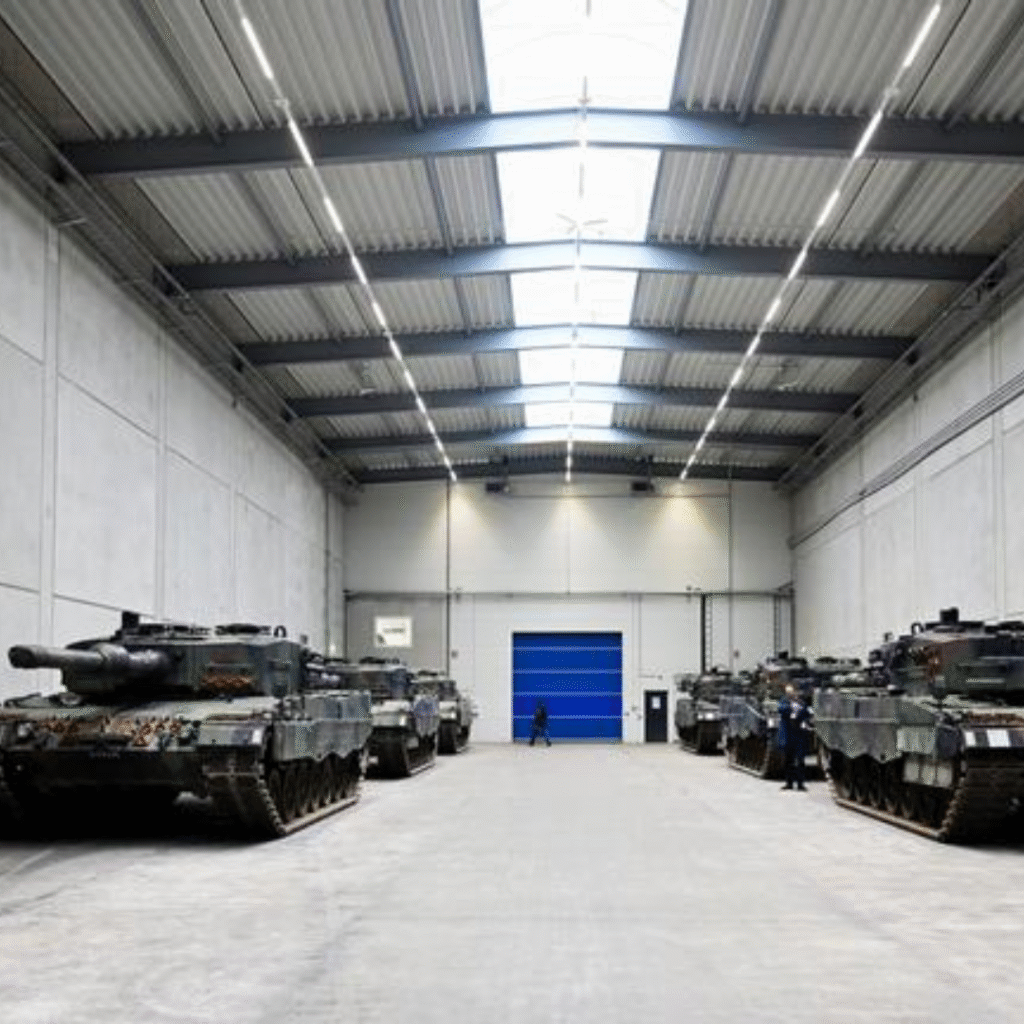Information
At a NATO defence ministers’ meeting in Brussels, Secretary General Mark Rutte announced strong support for a proposed increase in defence spending, targeting 5% of each member nation’s GDP. This dramatic shift from the current 2% guideline responds to the escalating threat from Russia and a generally more dangerous global climate. The new target, partly a response to pressure from US President Donald Trump, divides the spending into 3.5% for core defence and 1.5% for broader security investments. While not all NATO members currently meet even the 2% target, many, especially those near Russia, are signalling readiness to ramp up military budgets. The commitment is expected to be formalized at a major summit in The Hague, where ongoing support for Ukraine and deterrence of Russian aggression will dominate discussions.
However, the ambitious 5% goal presents economic and political challenges. While some NATO countries, including Germany and several Eastern European states, are showing willingness to align with the target, concerns remain over timelines, financial feasibility, and public support. Critics warn that such massive spending could push Europe toward a wartime economic footing and spark an arms race, potentially heightening insecurity rather than preventing it. Nevertheless, leaders like Rutte argue that failing to invest now could leave the alliance vulnerable in the near future, citing intelligence that Russia may be capable of launching an attack by 2029.
Source: DW, Al Jazeera
So What
Though this is likely a positive move and represents a significant investment in European security, it is unlikely that all NATO members will be able to achieve the target. Additionally, the current economic hardships across Europe will likely make some countries reluctant to boost defence spending as they will possibly face pushback from their citizens.
Follow us to join the intelligence community!

